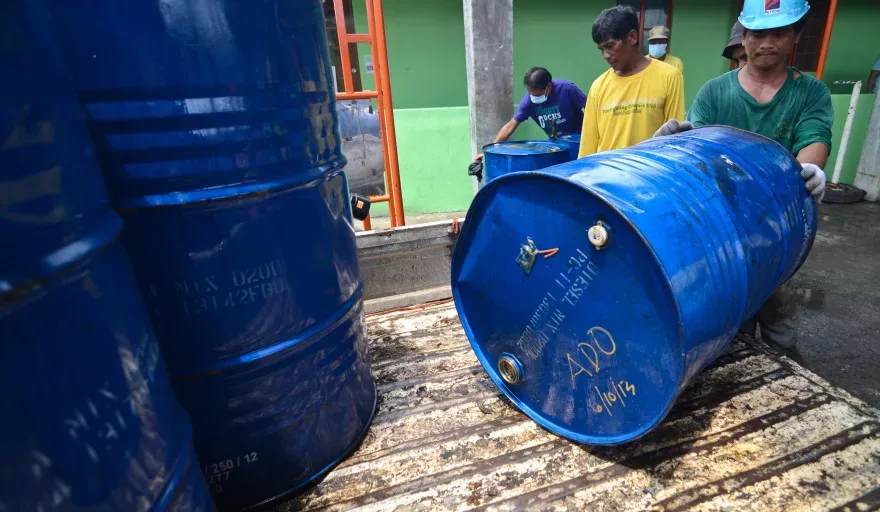Southeast Asia’s energy demand will increase by more than 80 percent in the period to 2035, a rise equivalent to current demand in Japan, the International Energy Agency (IEA) has said, while the region’s huge appetite for energy will leave nations exposed to price shocks.
Southeast Asia will consume more than five million barrels of oil per day – double current levels of consumption – to fuel its economic growth, the IEA said.
“Southeast Asia is, along with China and India, shifting the centre of gravity of the global energy system to Asia,” IEA Executive Director Maria van der Hoeven said at the launch of a World Energy Outlook Special Report, Southeast Asia Energy Outlook, which provides a comprehensive picture of the region’s energy future.
The report says Southeast Asian Nations will need to invest a total of about $1.7 trillion in energy-supply infrastructure between now and 2035 and that the region will become the world’s fourth-largest oil importer, after China, India and the European Union.
“Increasing reliance on oil imports will impose high costs on Southeast Asian economies and leave them more vulnerable to potential disruptions,” the IEA said.
According to the report, imported oil will cost the equivalent of four percent of GDP across the region, with Thailand and Indonesia likely to see their bills triple to nearly $70 billion a year by 2035.
ASEAN nations are expected to slash exports of natural gas and coal as they divert abundant resources to burgeoning domestic demand for energy, in a region where roughly 134 million people lack access to electricity.
“Coal is emerging as the fuel of choice because of its relative abundance and affordability in the region,” the study said, adding there is an “urgent need for more efficient coal-fired power plants”.
Image: © Getty
Copyright is owned by Asia Outlook and/or Outlook Publishing. All rights reserved.



































